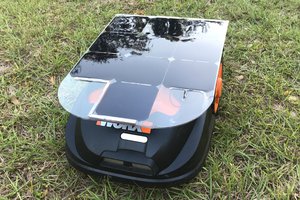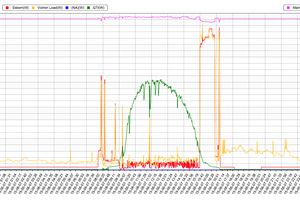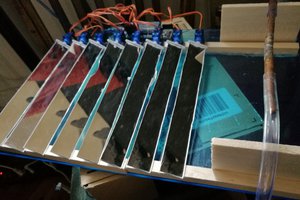Brief description of what was done
The requirements and challenges for solar airplanes were looked at. A functional remote controlled solar airplane was built.
The first step was to assess the feasibility of this endeavor using data from the internet. It was determined that an electric glider is the best type of aircraft for this and which criteria determine the most efficient flight: large aspect ratio, low weight, large wingspan, small wing loading. Estimates of average power and possible solar power of different rc-planes have shown that it is possible to build a self-sufficient solar airplane. This means that under good conditions, it is possible for the aircraft to produce at least the same solar power as the power required by the engine. Within the scope of this project, it is not possible to build a solar airplane which can fly 24 hours. It was concluded that the weight of the solar plane will not be too much of a problem, the difficulty is to keep the aerodynamics of the wings when attaching the solar cells.
In the second step, a solar plane was built based on the findings of the first step. As a base, an Elektro Junior from Graupner was bought. It has a wingspan of 2.1 m, a weight of 1.5 kg and requires at least a 2S lipo battery. The airplane is covered with monocrystalline solar cells with an efficiency of 22.5 %, resulting in a maximum solar power of 60 W. With the help of an expert, the average power required was calculated, from which it can be concluded that the aircraft can fly self-sufficiently. The finished solar airplane managed to complete one flight. Here it was noticed that the plane has big losses due to the changed aerodynamics. The aircraft has difficulty taking off and is more susceptible to stalls. It could not be tested whether the aircraft can fly self-sufficiently, because the solar radiation is too low in autumn.

 Ampeater
Ampeater
 Cyber Jannah Sakura
Cyber Jannah Sakura

 Paczkaexpress
Paczkaexpress